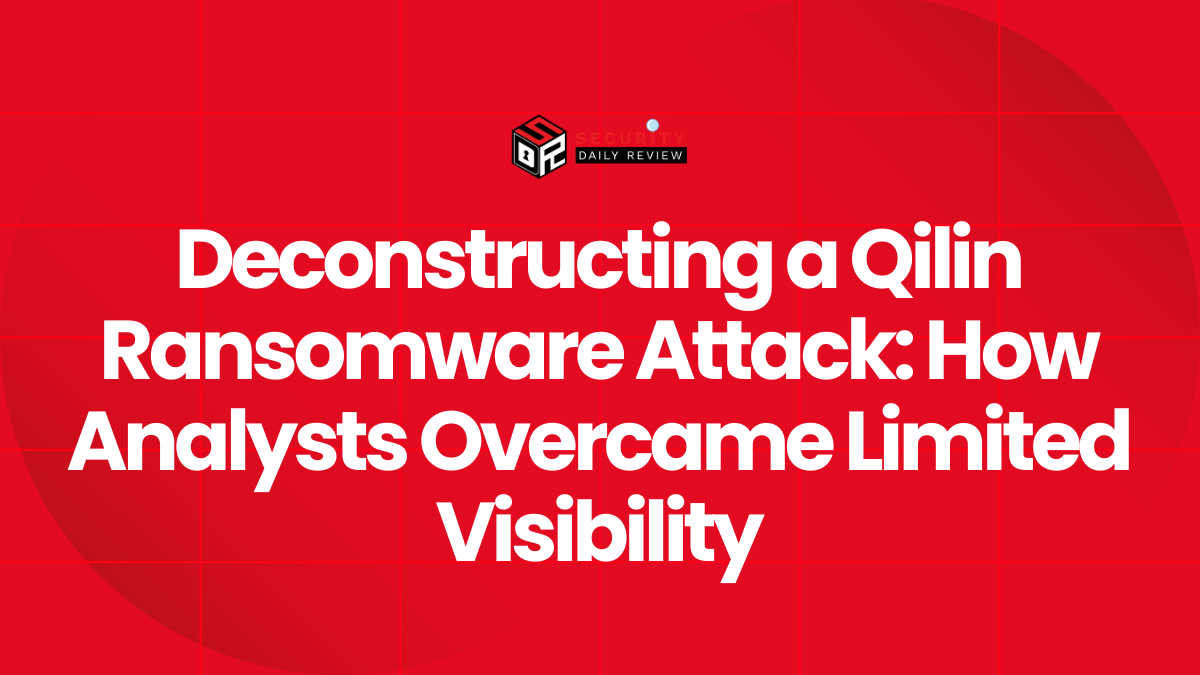A newly identified remote access trojan (RAT) is leveraging the open-source development ecosystem to infiltrate systems, using clever methods to avoid detection. Dubbed SleepyDuck , this advanced malware masquerades as a legitimate Visual Studio Code (VS Code) extension to trick developers and gain persistent access. Researchers have raised concerns about the malware’s sophistication and its use of blockchain technologies for command-and-control (C2) purposes.
SleepyDuck Targets Open Development Tools
The Trojan’s Deception Begins at the Source
The malware campaign exploits the popularity of Solidity , a programming language used for developing smart contracts on the Ethereum blockchain. Cybercriminals uploaded a fraudulent version of the Solidity extension to Open VSX , an open-source registry commonly used to distribute extensions for VS Code. Developers who mistakenly downloaded this counterfeit extension unwittingly installed the SleepyDuck malware on their systems.
Unlike traditional software distribution channels with strict vetting requirements, Open VSX accepts community submissions, making it vulnerable to supply chain attacks. By injecting malicious code into a widely-used extension, the threat actors achieved efficient and scalable distribution.
Why Open VSX is an Attractive Target
Open VSX is popular among community-driven development environments, especially in instances of self-hosted or alternative code editors. Unlike Microsoft’s proprietary marketplace, it lacks integrated defenses such as publisher verification and automated scanning, leaving it susceptible.
Key risks include:
- Lower scrutiny of published extensions
- High trust placed by developers in “known” extension names
- Likelihood of deployment in decentralized development teams
SleepyDuck leverages this ecosystem blind spot for initial access, a tactic reminiscent of broader supply chain compromises.
Ethereum Smart Contracts Enable Covert C2 Operations
Blockchain-Based Communication Adds Obfuscation and Longevity
The most striking component of SleepyDuck lies in its command-and-control protocol , which uses Ethereum smart contracts to relay control instructions. Rather than relying on static C2 servers or dynamic DNS, the malware queries specially crafted smart contracts within the Ethereum network. These smart contracts store obfuscated instructions which the malware can decode and execute.
“Because blockchain interactions are public and immutable, it becomes extremely difficult to take down or even disrupt this communication method,” researchers noted.
This strategy gives SleepyDuck:
- Censorship resistance – Smart contracts can’t be modified or deleted once deployed
- Increased stealth – No traditional C2 infrastructure to monitor or block
- Global availability – Public Ethereum nodes serve the instructions worldwide
Such use of decentralized infrastructure for malicious C2 is rare but growing, particularly among advanced threat actors aiming to maintain operational continuity.
Persistence, Obfuscation, and Capabilities
What SleepyDuck Does Once Deployed
After installation, SleepyDuck begins a multistage operation involving several layers of obfuscation:
- It performs an initial call to the Ethereum smart contract to retrieve encrypted payloads
- Uses in-memory techniques to execute further stages, minimizing file system and logging traces
- Establishes a persistent presence by modifying startup scripts or background services
Functionally, SleepyDuck includes capabilities typical of a remote access trojan:
- Keystroke logging
- Screenshot capture
- System reconnaissance
- Arbitrary command execution
While its payload profile is largely generic, what differentiates SleepyDuck is delivery and command strategy — it blends developer-targeted deception with anti-censorship infrastructure.
Implications for Security Teams and Developers
Supply Chain Hygiene and Smart Contract Monitoring Are Critical
The emergence of SleepyDuck underscores several broader concerns in secure software development:
- The open nature of software marketplaces, when insufficiently policed, becomes an attack vector
- Blockchain infrastructure provides threat actors with anonymous, persistent control channels
- Developer tools — especially those tailored for Web3 or smart contract coding — are emerging targets
To defend against threats like SleepyDuck, experts recommend:
- Enforcing extension origin checks and hashes in enterprise settings
- Disabling installation from untrusted public extension registries
- Proactively monitoring known malicious smart contracts and associated Ethereum interactions
- Educating developers on extension verification practices
A Glimpse Into Future Malware Trends
Decentralized Infrastructure Will Be Increasingly Exploited
SleepyDuck demonstrates a strategic shift in adversary tradecraft: using robust, decentralized infrastructure not just for payload distribution but for ongoing control. As malware authors continue to embrace blockchain elements for evasion and resilience, defenders will need to extend visibility into smart contract ecosystems and developer supply chains.
Security teams should treat this not as an anomaly but as a warning. Traditional network-based detection methods are insufficient when malware leverages immutable, permissionless systems as part of its core architecture.
SleepyDuck marks a step toward complex, decentralized command-and-control models. Its targeting of development environments signals that cybercriminals are expanding focus beyond end users and enterprise systems — to the very tools from which digital trust is built.









